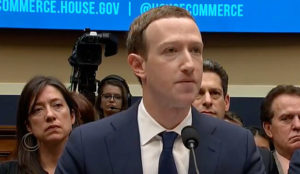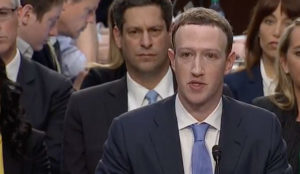Longstanding concerns about hiring and diversity issues in Silicon Valley recently returned to the fore. The United States Department of Labor last month filed suit against Palantir — a big data firm founded by billionaire investor Peter Thiel — alleging that it had engaged in a pattern of denying jobs to Asian applicants.
Race is a greater impediment than gender — 3.7 times more significant — when it comes to breaking through corporate glass ceilings, suggests research conducted by Ascend.
“A particular problem, and overlooked in the popular diversity discussion, has been the issue of an Asian glass ceiling at the highest management levels and the limited number of Asian American men and women in the executive pipeline,” said Anna Mok, executive vice president of Ascend.
“There’s an unconscious bias against Asians,” she told the E-Commerce Times.
Palantir’s Pattern
Palantir, which has won more than US$340 million in government contracts since 2010, engaged in a pattern of discriminating against applicants in hiring for three specific positions: front-end quality assurance engineer, software engineer and QA engineer intern, the DoL complaint alleges.
The firm had in place a four-phase process in which Asian applicants regularly were eliminated during resume screening and telephone interviewing sessions, according to the DoL.
Palantir had a pool of 730 qualified applicants for the QA engineering job, 77 percent of them Asian. The firm hired six non-Asian applicants and one Asian. The possibility of that happening by chance was one out of 741, the DoL claimed.
Of 1,160 qualified applicants for Palantir’s software engineering position, 85 percent were Asian. The firm hired 14 non-Asian and 11 Asian applicants. The likelihood of that happening by chance was one out of 3.4 million, according to the government.
For the QA engineer intern position, the firm had 130 applicants and 73 percent of them Asian. The firm hired 17 non-Asian applicants and four Asian. The likelihood of that happening by chance was one in a billion, said the DoL.
The department’s Office of Contract Compliance Programs last year notified Palantir of the findings, but the two sides failed to reach an agreement through a voluntary compliance procedure.
The Office of Solicitor General attempted to reach the same type of agreement before the compliance office filed its lawsuit.
Palantir did not respond to our request to comment for this story.
HPE’s Experiences
DoL filed its complaint less than a week after Hewlett Packard Enterprise agreed to pay US$750,000 to settle a DoL suit alleging that the company rejected 504 people of color for inside sales jobs at its Conway, Arkansas, location between 2008 and 2010.
The candidates in that case included 349 African Americans, 109 Asians, 44 Hispanics, one Native American and one Hawaiian/Pacific Islander. The settlement included compensation for back wages and interest. The company also agreed to hire 33 of the applicants with retroactive seniority as new positions open up.
“Hewlett Packard Enterprise has a longstanding commitment to the principles of equal employment opportunity,” an HPE spokesperson said in a statement provided to the E-Commerce Times by media rep Blair Hinderliter.
“We are pleased to have resolved this matter without being held to any wrongdoing,” the spokesperson continued. “We are confident in our hiring processes and we will continue to promote and build a diverse and inclusive workforce that reflects the broad range of customers we serve.”
HPE and HP Inc. this summer were hit with a potential class action suit alleging they pushed out older workers during a job restructuring that took place prior to splitting the company. The companies denied those allegations.
Structurally Unsound
While companies do develop patterns of hiring certain groups of workers, there are larger concerns about the overall level of gender and racial imbalance in the technology industry, suggested Charles King, principal analysts at Pund-IT.
“It isn’t unusual for regionally based industries to develop biases in hiring and other practices, but the behavior Palantir is accused of is troubling due to its racial specificity,” he told the E-Commerce Times.
The alleged practices are ironic, given the industry’s reliance on H1B visa programs to fill many engineering and technical posts, King observed.
There’s been a dual-tier structure of hiring in the tech industry, according toSilicon Valley Rising.
People of color often have been hired as subcontractors with lower wages, benefits and job security, the organization has charged, and other biases have been persistent among the ranks of the fully employed.
“The tech industry really has two diversity problems,” said Derecka Mehrens, executive director of Working Partnerships USA, which co-leads the Silicon Valley Rising coalition. “There are far too few women and people of color — especially black and Latinos — working as paid employees at tech firms.”
Tech companies hire an army of these communities to cook, clean and guard their campuses, Mehrens said, paying them one-sixth of the compensation given to direct workers.












































Social Media
See all Social Media